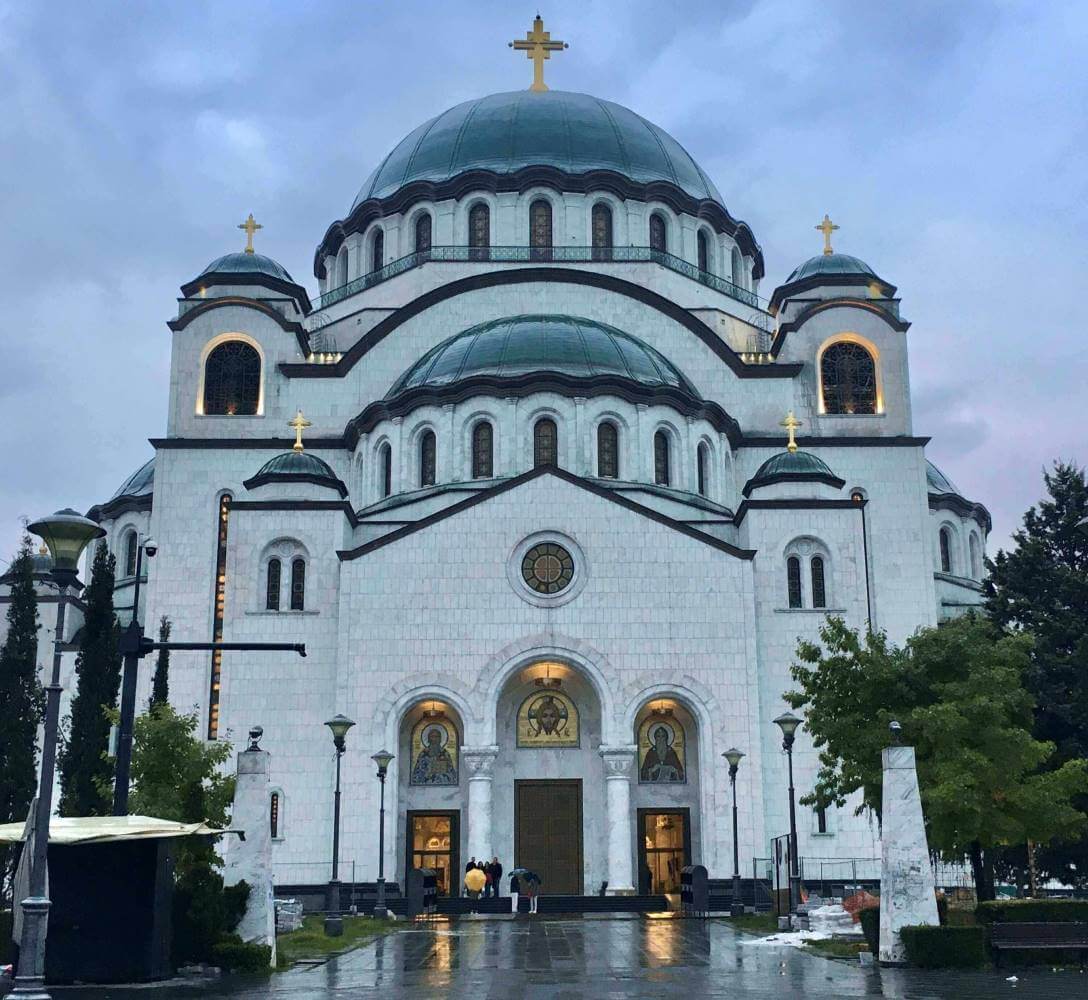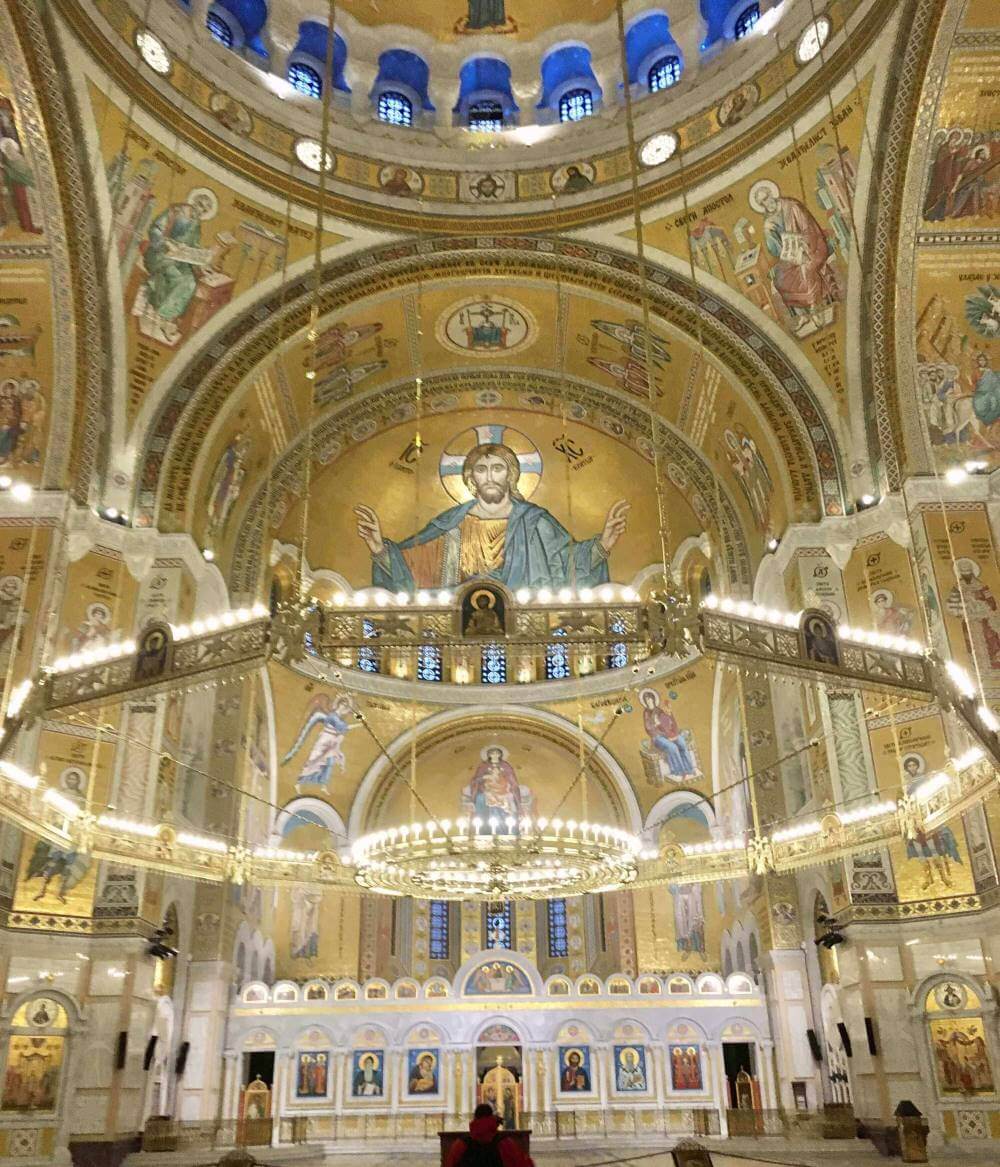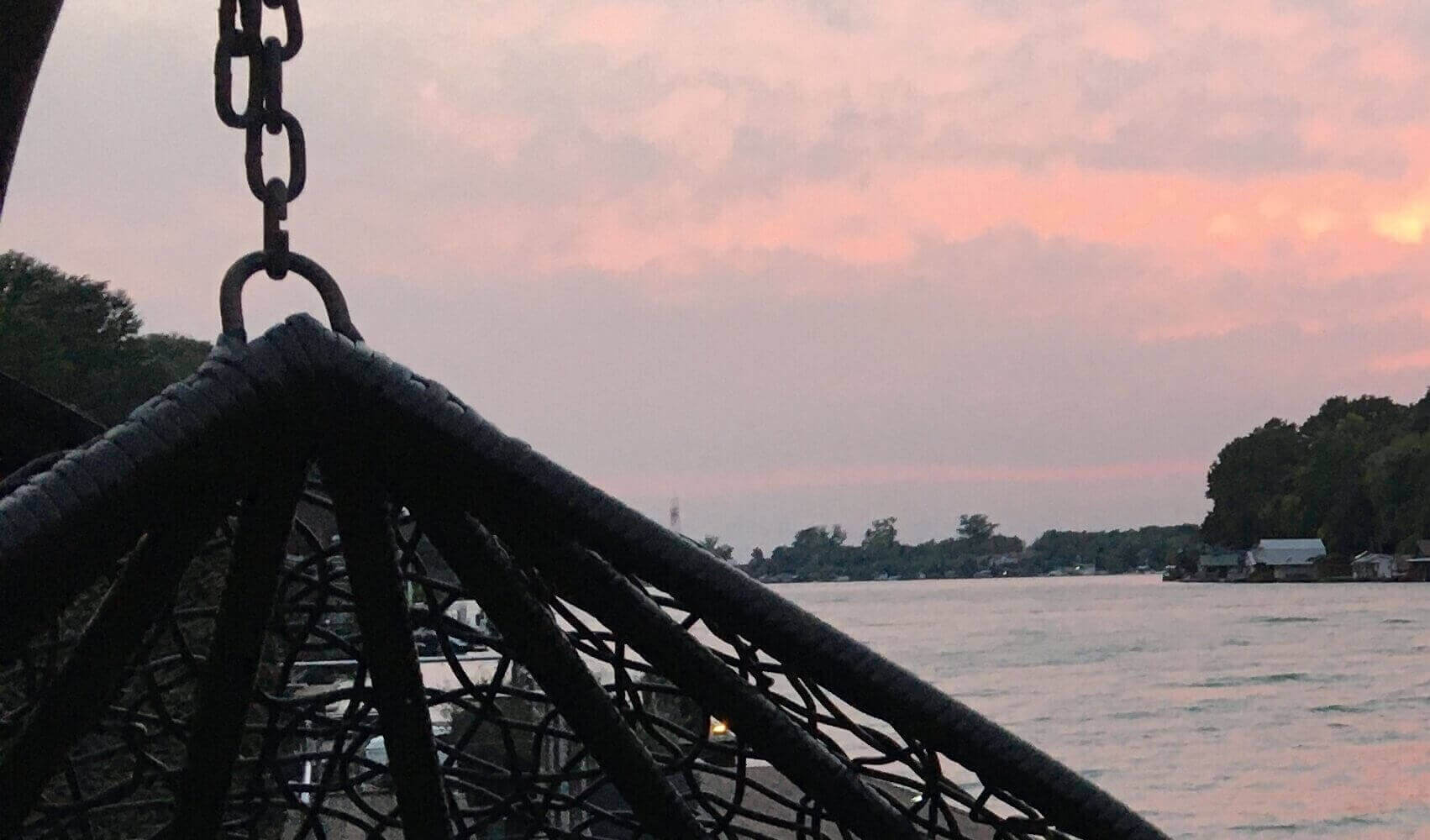
I visited Belgrade with a Bosnian friend in September 2021. We stayed in a charming floating house (shown above in the banner) in a forested stretch along the Danube River, just outside the city limits, and a 30-minute walk away from any buildings. Unfortunately, the house’s Wi-Fi was flaky, and shut off right before I was scheduled to meet one of my students whom I was tutoring in math. I started to walk towards civilization, desperately scanning the other floating houses I passed for Wi-Fi along the way. After 10 minutes, I ended up next to an abandoned, concrete building that looked like the Yugoslav secret police’s summer getaway. It was dimly lit by a flickering lamppost, and the surrounding pavement was covered with dead leaves. But somehow, SOMEHOW this sketchy outpost had a public Wi-Fi connection, so I taught my class from there. Ironically, the internet there was better than what I had when I lived in London. (Virgin Media, if you ever seek to improve your sporadic network, I highly recommend you visit this abandoned building. It’s about a 20-minute walk North of Ada Mall. If you cross an aggressive Rottweiler on a leash that tries to jump you, you have gone too far).
Belgrade (or Beograd as it is called in Serbian) is the capital city of Serbia. It is located at the intersection of the Danube and the Sava rivers, making it an important strategic location. Belgrade used to be the capital of Yugoslavia, which was a country that included the present-day nations of Slovenia, Croatia, Serbia, Bosnia & Herzegovina, Montenegro, Kosovo, and North Macedonia. These provinces all shared a common Slavic identity, but were home to a large number of ethno-religious groups that had long histories of struggle against one another. In the Balkans, religion is tied to ethnicity: Serbs, Montenegrins, and Macedonians are Orthodox Christians, Croats and Slovenes are Catholic, and Bosnians and Albanians (from both Albania and Kosovo) are Muslims.
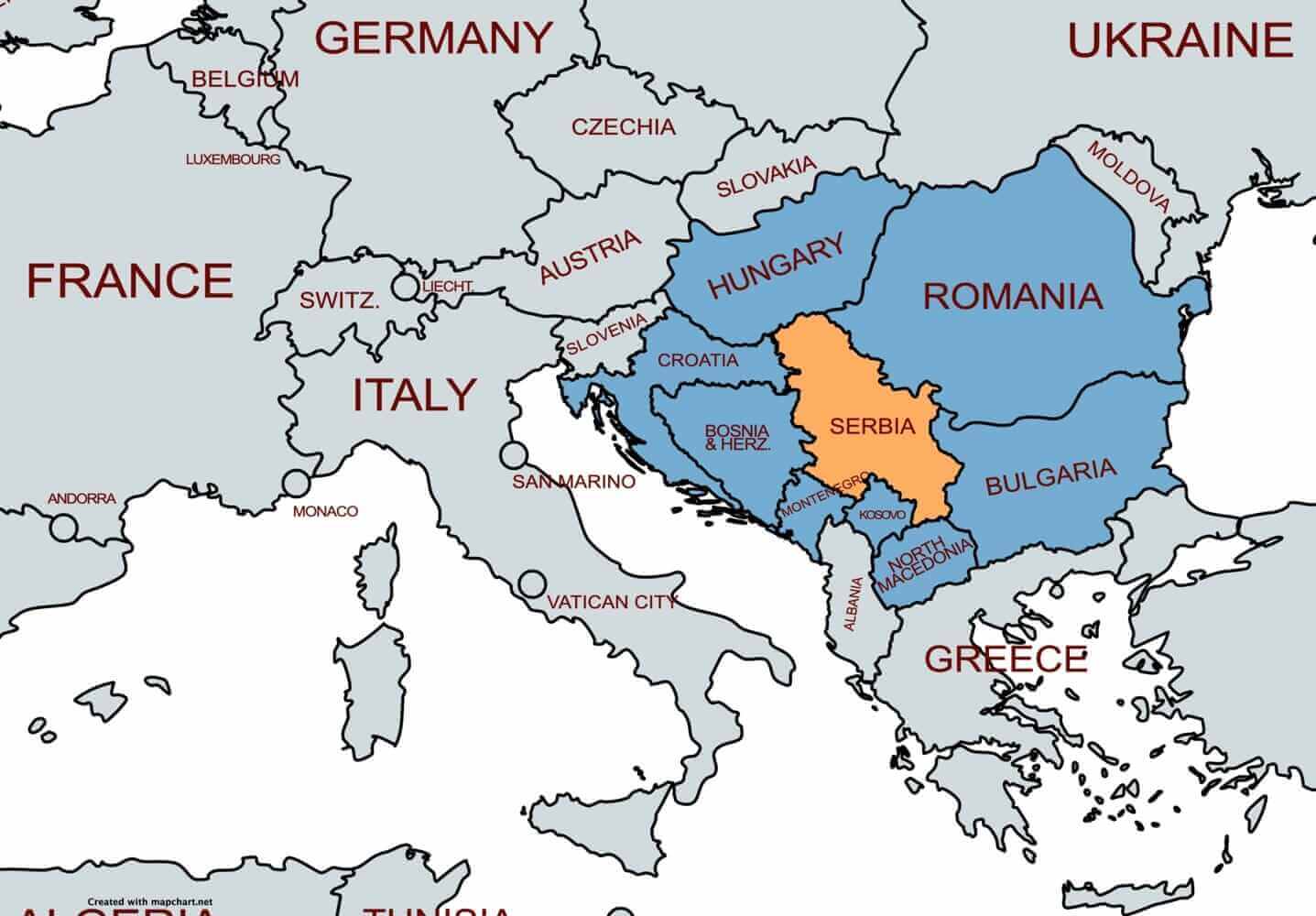
Yugoslavia was a communist country during the Cold War from 1947 to 1991. Under the leadership of Josip Broz Tito, it refused to align itself with the Soviet Union, which caused tensions between the two nations. Although many people describe Tito as a dictator, a large number of people in post-Yugoslav countries still view him positively. I learned that he survived numerous assassination attempts by the USSR, and I could not help but admire his boldness in sending a letter to Stalin saying "Stop sending people to kill me. If you do not stop sending killers, I will send one to Moscow, and I will not need to send a second." Tito led Yugoslavia until his death in 1980. When a Bosnian friend and I tried to visit Tito's tomb, we arrived at his mausoleum 15 minutes before it closed. The museum staff had already closed the ticket registration system, and would not allow us to enter. This was a disappointment, but was also a free and authentic taste of the local bureaucracy.
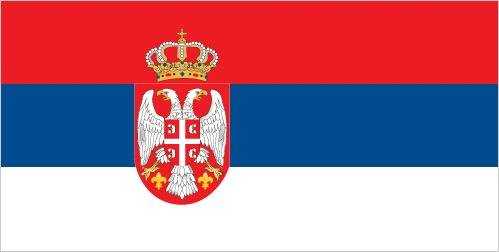
After Tito's death, ethnic tensions in Yugoslavia began to rise. This ultimately resulted in its breakup during the 1990s. Under the leadership of president Slobodan Milosevic, Yugoslavia was reluctant to let its constituent republics leave. This led to a series of wars and conflicts, including the Bosnian genocide. In 1999, when Yugoslavia attempted to remove ethnic Albanians from its province of Kosovo, NATO forces bombed Belgrade in response. This damaged much of the city's infrastructure, and destroyed the prominant Avala Tower on the outskirts of the city (which has since been rebuilt). I did not notice any damage when I visited, which leads me to believe that they did a good job of refurbishing the city. Milosevic would later be arrested and charged with war crimes by the International Criminal Tribunal for the former Yugoslavia.
Belgrade's Military Museum displays an impressive selection of weaponry and war machines, from ancient times until the Cold War. I was surprised that the modern machinery included a mixture of both Soviet and American tanks and planes. I learned that because Yugoslavia was a non-aligned country, it acquired weapons from both the USSR and the USA. It used these to build up one of the strongest armies in Europe, which no doubt contributed to its ability to remain independent of both world superpowers. The Military Museum is located in Belgrade Fortress, the ruins of an ancient castle from before the Middle Ages located near the city center.
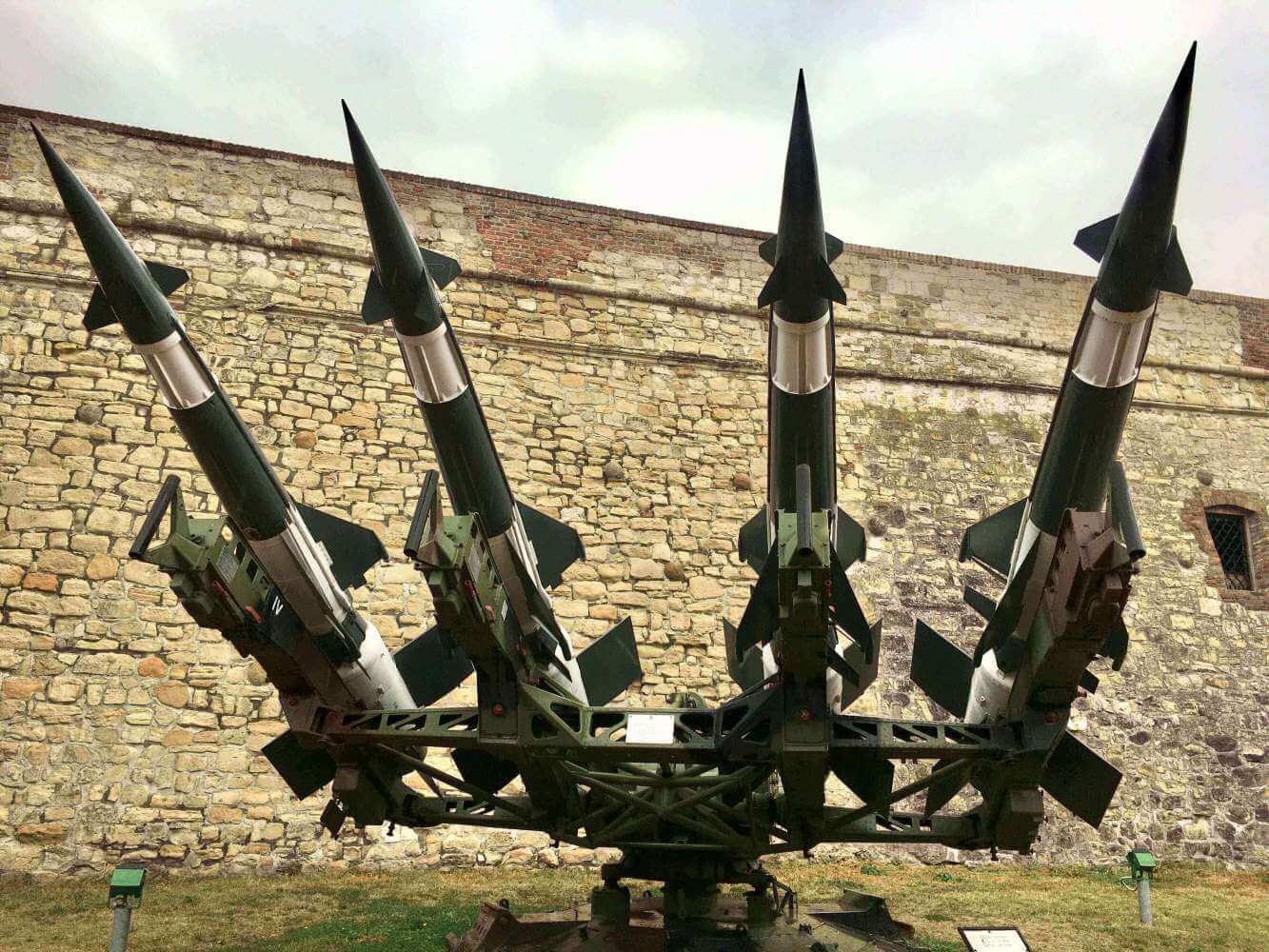
The Pobednik monument is, like the military museum, located outside Belgrade Fortress. This statue was finished in 1928 in honor of Serbia’s victory over the Ottoman and the Austro-Hungarian Empires during the Balkan Wars and during World War I. As the most perceptive of you may have noticed, the statue is indeed nude. If this offends you, rest assured that you are not alone – many Serbians living in Belgrade were not particularly pleased about the idea of a giant naked soldier towering above them. In response to the public backlash against the statue, Belgrade’s city council decided to build the Pobednik monument outside the city center and near the Fortress. The warrior holds a sword blade-down in his right hand, and a falcon in his left (rest assured, the falcon has not flown away, it is just not visible with the camera’s angle).
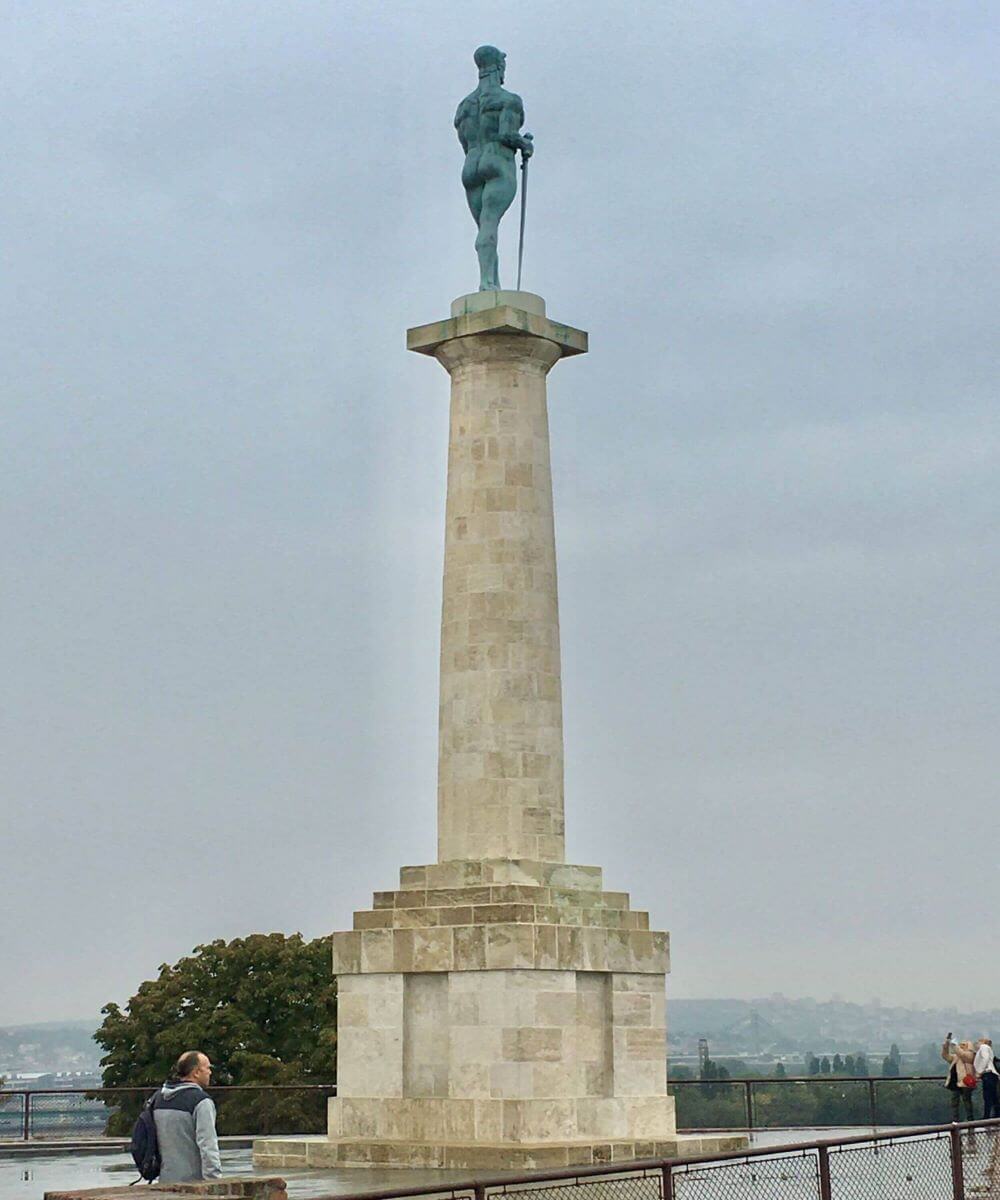
Relatively humble on the outside, the Church of Saint Sava is impressively ornate on the inside. It is named after a 12th century Serbian monk and prince nicknamed the "Enlightener" who significantly influenced Serbian culture, literature, and law. It is one of the largest Orthodox churches in the world. It is astonishing just how long it took to build this church. Although the church's construction started in 1935, it was stalled during World War II following the Axis occupation of Belgrade. After the war ended in 1945, Yugoslavia's communist government prevented further construction for over 30 years in an attempt to downplay the importance of religion in everyday life. This was in part to keep the country united, as historic tensions between its sizeable Catholic, Orthodox, and Muslim populations were at constant risk of reigniting. The church's construction was also paused during the NATO bombing of Belgrade in 1999. Most of the Church of Saint Sava was finally completed by 2004. This church was perhaps the most beautiful religious building I have ever visited, and I highly recommend checking it out if you ever get the chance to visit Belgrade.
